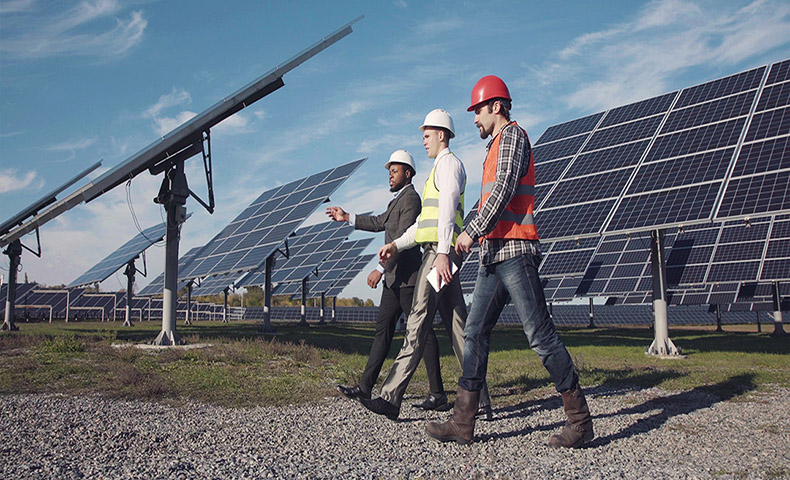
Summary:
Based on worldwide interest in clean energy and investments in research and development, BCC Research predicts the solar energy market will grow bt 15% annually through 2023.
===================
Main Article:
Strong worldwide interest in renewable energy technologies and significant investments in research and development are factors influencing the solar energy markets, according to a report by BCC Research.
The market expects to see a compound annual growth rate (CAGR) of 14.9% through 2023, when it could be worth $286.3 billion, according to the report "Solar Energy Markets: A BCC Research Outlook."
Major players in the market include BASF, Fujifilm, Hyundai Motor and LG Chem.
Research Highlights
The solar photovoltaic (PV) segment leads the market by size, with a 2018 value of $137.8 billion, followed by concentrated solar power (CSP) at $5.5 billion.
Gigawatt growth in the solar PV market is led by the Rest of the World category, which expects a CAGR through 2023 of 22.1%, followed by the Asia-Pacific region at 19.3% and North America at 18.2%.
By technology, the global solar PV market is led in size by crystalline silicon PV, with a 2018 value of $122 million, followed by thin-film PV at $24.9 million.
"Solar energy technologies continue to see strong investment due to the promise of continually decreasing production costs," the report's authors noted. "Predictability of annual and seasonal cloud cover in most parts of the world, strong solar irradiance in many regions and the associated regular cash flow that solar projects can produce in these areas are some of the attractive features of market-competitive solar technology."
Growth Restraints Include High Module Cost and Limited Efficiency of Alternative PV Modules
Though generally positives, several factors are impacting growth outlooks. One of those factors is the high cost and limited efficiency of alternative PV modules, which makes an initial capital investment and the overall expense for these units higher than for crystalline silicon. Lower efficiency is another hurdle, with larger module requirements needed to meet the same capacity found in plants using crystalline silicon technology. Overall, PV systems are less favorable when compared to c-Si technology, especially in utility-scale plants.


Input your address to see if it is solar friendly and how much you can save with solar.
Great. Your address is perfect for solar. Solar incentive is still available. Select monthly utility cost and calculate the size of solar system you will need now.
| kw System size | years Payback period | Lifetime savings |
No money down, 100% finance is available.

|
|
Sign up to learn more about home solar panel costs, see quote right away |
Comments